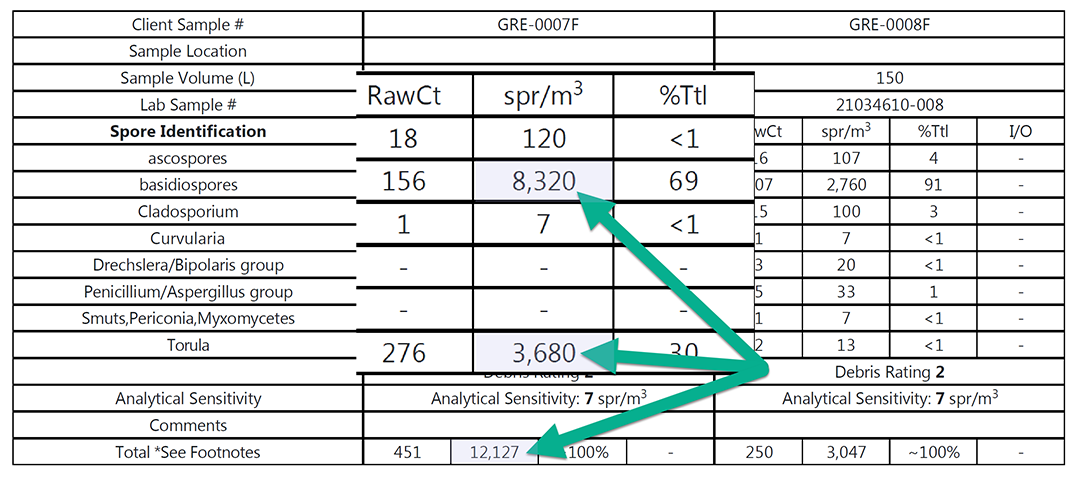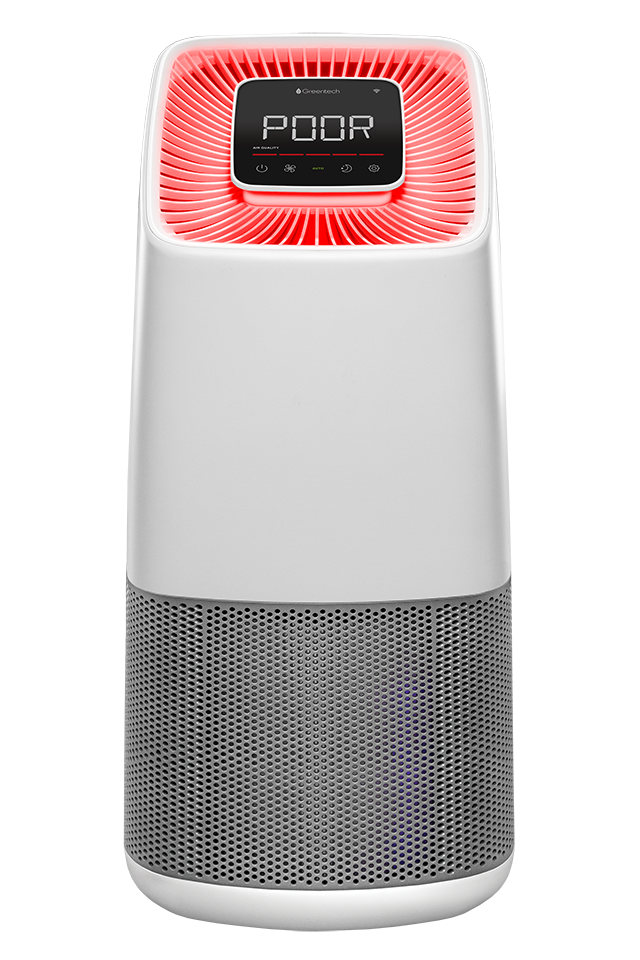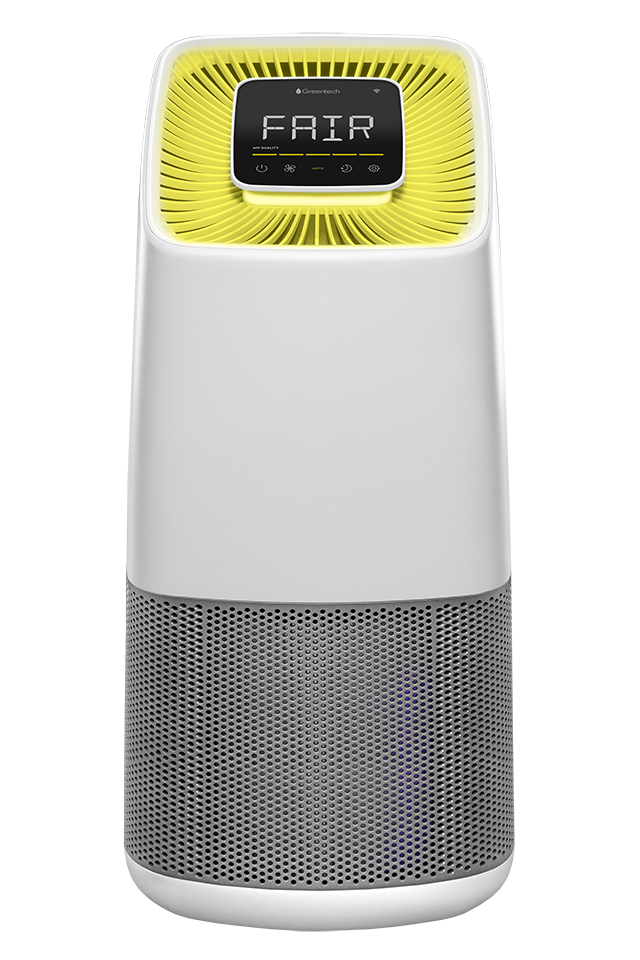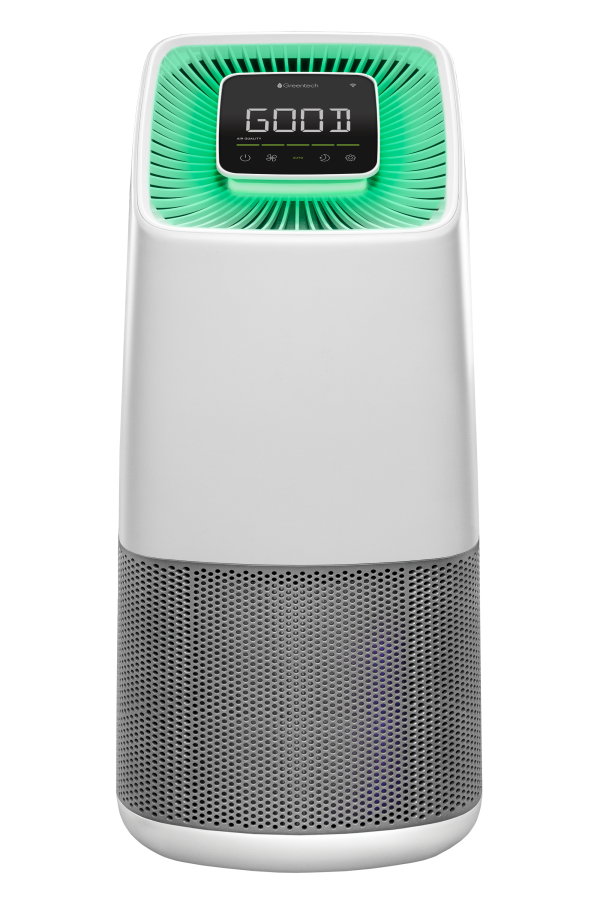What the “Poor” Warning Light on Active HEPA+ Means
The red “Poor” air indicator light is a visual confirmation that the system is working as it should be.
The Active HEPA+ devices have two primary operating modes. In the Auto mode, sensors track TVOC’s (Total Volatile Organic Compounds) and 2.5 – 10 micron particulates (dust, pollen, pollutants, etc.).
The Active HEPA+ series is often used in areas with elevated VOC’s (Volatile Organic Compounds), lingering moisture/mold issues, and/or unwelcomed smells! It is a powerful air purification device that leverages active and passive air purification with patented ODOGard technologies. It is a powerhouse, with the Pro series is rated for 1,350 s.f. – 50% more than an average classroom.
But the “Poor” indicator light came on when students returned from recess.
Whenever there is a significant increase in TVOCs and/or particulates the red Poor indicator light is triggered and the units fan speed increases to move more air through the device. When in Auto mode the device senses that the numbers have fallen back into range (per ASHRAE guidelines) it goes into sleep mode.
This test result from a university classroom demonstrates what happens at class change. The collection device was located on the floor. The spike was from environmental fungals that students who walked across campus carried in on their shoes. Particulates are also ushered in.

How long does a warning light stay on?
In Auto mode the device will move through the sequence below. When an Active HEPA+ “poor air” status is kicked on, it will typically move the TVOC and particulate numbers in a few minutes, changing from Poor, to Fair, and back to Good. After maintaining Good long enough the device will idle.



Auto Mode vs. Static Setting
Auto mode is interesting to observe, and can actually be part of science class conversations. At home, you can see the impact that cooking, burning a candle, and using common cleaning products and has on air quality.
However, we will typically set the devices to run continuously (Static mode) at low to mid speed so that as air is moved through the HVAC system it is also filtered and purified.
Ex. A typical elementary school with 30 classrooms can clean more than 1.4 mil ft.³ of indoor air by leaving devices running!



